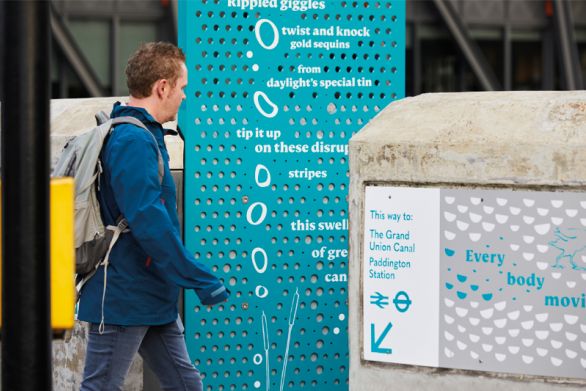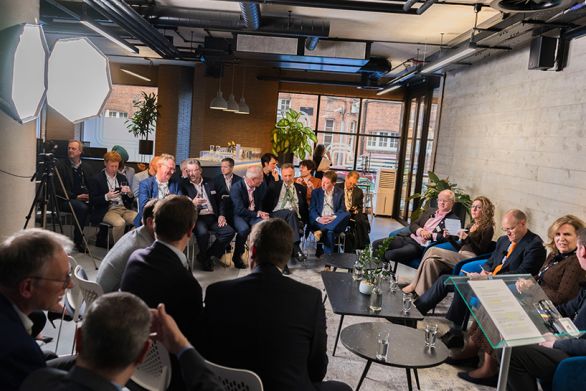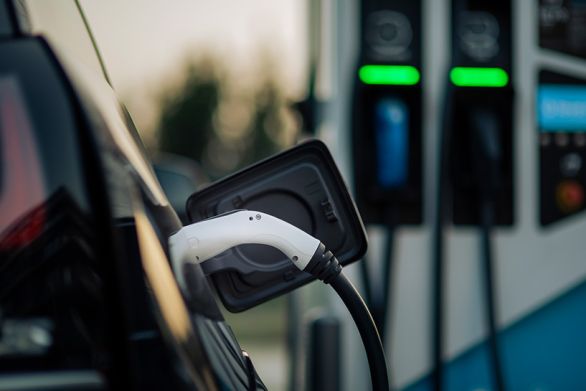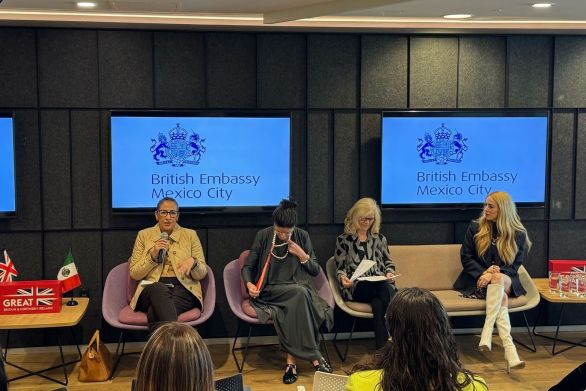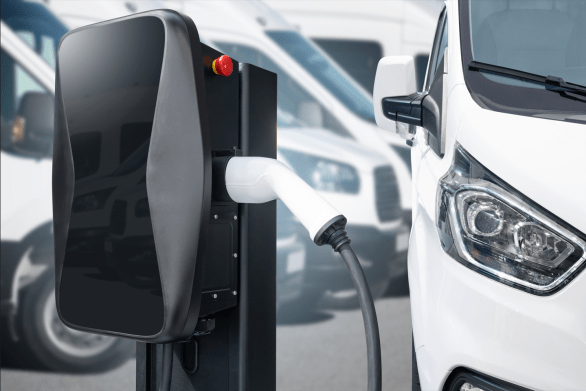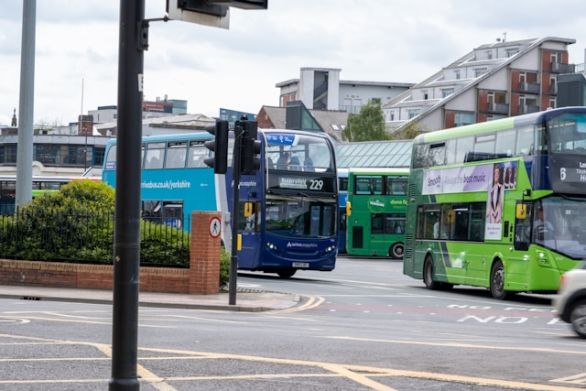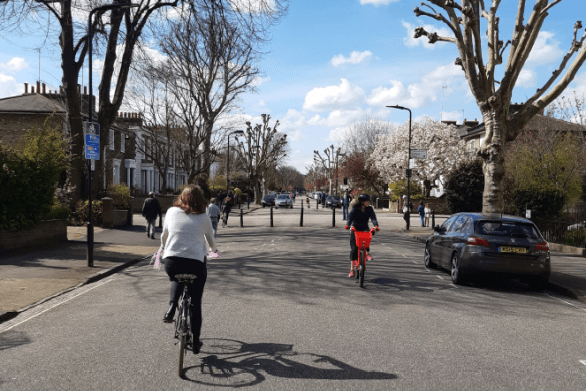Technology changes at the microscopic level have the power to transform the way in which our current transport systems work, and they could begin to do this within our current forecasting model horizons. Here we take railways as an example industry to assess how such technologies might be used in the near future.
Developments in such technologies as graphene, super-hydrophobics, piezoelectric power, wireless power and solar power are progressing in leaps and bounds towards becoming industryready materials, set to transform the design of railways as we know them.
Depending on the success of these developments, the next thirty years could see a radical improvement on the assumptions made in today’s transport project demand, revenue and cost projections.
Here we examine three of these technologies, and their possible impact.
Graphene1 is a form of carbon that has more than 100 times the tensile strength of steel, yet is 10,000 times lighter than paper, and contains extraordinary superconductive properties. Although industrial production of sheets of this material are some way off, the properties it offers could see vehicles of all kinds constructed to a fraction – perhaps 1/3 – of their current weight, which could in turn offer increased speeds and significantly reduced journey times for the same energy use. Where speeds in excess of 300km/h are effectively constrained by excessive energy requirements, this may no longer be a barrier.
Graphene-based (and hence biodegradable) batteries could charge in a matter of seconds, making battery-charged trains a practical alternative. In the near future, trains could be charged wirelessly as they wait at a platform over a power cell, or take advantage of next generation super-efficient photovoltaic cells on the roof to top up as they go. Overhead electrification masts, cables and substations could be removed, reducing the visual impact of railways and enabling taller trains within tunnels designed to accommodate overhead cable equipment.
Super-hydrophobic2 coatings create a microscopic coating of air around an asset so that water cannot bond to it. No water means no ice, no mud, no graffiti, and no corrosion. Such coatings could, if financially viable, be applied to rolling stock, rails and structures, radically reducing maintenance costs and improving performance in winter weather.
Tiny piezo-electric charges from the footfall of pedestrians in special footpath slabs have been harnessed to power LEDs for feature lighting3. As these improve and are coupled with other technologies (outlined above), they might be located within train suspension systems to turn vibrations into energy for onboard electrical systems and diagnostic equipment.
